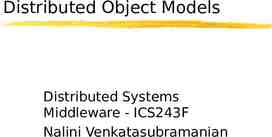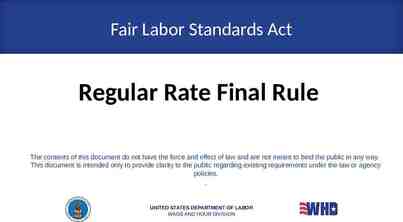Energy Use Rationalization in DPRK Energy Efficiency Activities in
19 Slides66.00 KB

Energy Use Rationalization in DPRK Energy Efficiency Activities in the DPRK and Opportunities for Rationalization of Energy Use by: Jan Jasiewicz

Contents 1. Introduction 2. Activities on Energy Use Rationalization in the DPRK 3. Opportunities for Energy Rationalization 4. Conclusions and Recommendations

Introduction - Energy Sector Brief (early 1990s) Indigenous Sources of Energy - Coal - Hydropower - NRSE Dependence on Coal: 80% of total supply Coal Consumption - Power Generation - Industries 40% 35- 40% Potential for Energy Conservation 20 - 60%

Characteristics of the Energy Sector (early 1990s) Shortage of energy supply High dependence on coal Energy inefficient technologies No single institution responsible for energy Lack of energy rationalization policies and standards No framework to relate energy development plans to the national economy plans

Energy Intensity and Energy Requirements 1987 Energy Intensity TOE/ 1000GNP DPRK OECD USA 2.0 0.44 0.60 Energy Requirements TOE/cap. y 2.0 4.63 7.47

Energy Efficiency Projects Uncoordinated local activities in the past Projects supported by UNDP - Assistance to transformer production, - Set-up of the Power Dispatch Center in Pyongyang, - Coal Laboratory at Anjou Coal Mine, - Rehabilitation of Power Plants, - Energy Rationalization at the End-use Sub-sector (1993 - 1998).

Energy Use Rationalization Conservation Potential in Industries 30-50% UNDP Project “Energy Rationalization at the End-use Sub-sector” implemented 1993-1998, focused on Industrial Sector. Project Objectives: 1. Set-up of the Center of Rational Use of Energy (CRUE) 2. Develop energy supply/demand data system 3. Direct assistance to industries

Set-up of CRUE (Operational since 1996) New 7 floor building (offices, auditoriums, and laboratories) Floor area 2,300 sq m Staff 104 Instruments for laboratories and energy audits Computers, software, various equipment Vehicles

CRUE Organization Seven Departments: Energy Data Bank & Planning Dept. Energy Audit Dept. Industrial Techniques & Processes Dept. Total Energy Systems Dept. Instrumentation Dept. Technical Information & Training Dept. Environment Protection Dept.

CRUE - Staff Training In-country Training - refreshment training (SAS) - on-the-job training (International Experts) Overseas Training - Fellowship program - Study tours

CRUE - Fellowship Program Korean specialists were trained abroad on: Energy Data Bank & Planning Total Energy Systems Waste Heat Recovery Industrial Furnaces Heat Recovery Equipment Industrial Steam Systems Thermal Insulation Energy Audit Techniques Rational Use of Electricity

Energy Data Bank Development Development of Energy Data Series for 1989 -1997 Development of the Sectoral Energy Diagnosis

Assistance to Industries (1) Detailed Energy Audit Program - 10 plants audited - plant energy saving potential 15 - 60%

Assistance to Industries (2) Demonstration Projects Program Waste Heat Recovery at a Forging Furnace Efficiency increased from 15 to 50% Steam Use Improvement at a Brewery Energy savings: 35% Application of Variable Speed Drive Electricity savings: 30%

Opportunities for Energy Rationalization (1) Classification of energy rationalization measures Category I - Housekeeping, SPP less 1yr Category II - Process Improvement, 1-3 yrs Category III - Major Equipment Changes, SPP over 5 years In DPRK major chances have Cat. I and II measures (may reduce up to 40% of excess energy)

Opportunities for Energy Rationalization (2) Selected Measures Combustion efficiency improvement Elimination of leaks (water, steam, air, gas) Steam system improvements Thermal insulation improvement Energy use control (instrumentation) Waste heat recovery Building structure heat loss reduction

Conclusions and Recommendations (1) 1.CRUE should: - upgrade existing energy information system incl. set-up of intranet system, - continue industrial energy audit program, - assist industries in implementation of energy rationalization projects, - expand energy audits to residential, commercial, and transport sub-sectors.

Conclusions and Recommendations (2) 2. Research on efficient combustion of local fuels to be continued. 3. Perform a detailed review of old and energy inefficient plants in the industrial sector for a potential technology replacement action. 4. Appraise the pattern and efficiency of energy use in the residential sector

Conclusions and Recommendations (3) 5. Develop a project on building structure thermal loss reduction (residential and industrial). 6. Implement intensive English courses for technical staff in all sectors. 7. For various projects, foreign financial and technical assistance is required.






